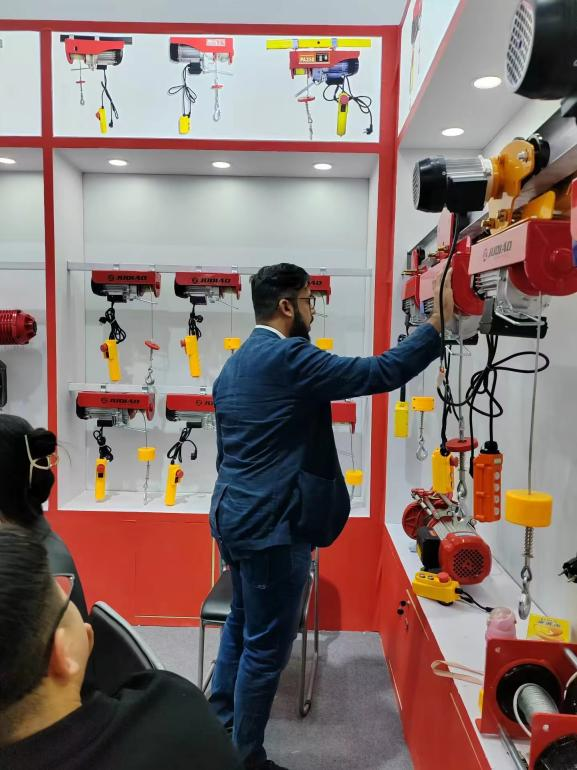


Understanding Chain Hoists The Essential Tool for Lifting and Material Handling
In the realm of material handling and construction, efficiency and safety are paramount. One tool that has proven its worth time and again is the chain hoist. This mechanical device, which employs a chain and a pulley system, allows users to lift, lower, and move heavy loads with relative ease. Chain hoists come in various types, including manual and electric models, each designed for specific applications.
What is a Chain Hoist?
A chain hoist is a device used to lift and lower heavy objects, typically consisting of a chain, a pulley, and a hook. The main working principle of a chain hoist is simple. By pulling on one end of the chain, users can raise or lower the load attached to the hook. This straightforward mechanism is both effective and reliable, making chain hoists a popular choice across various industries, including construction, manufacturing, and warehousing.
Types of Chain Hoists
1. Manual Chain Hoists Also known as chain falls, these hoists are operated by hand. Users pull on the chain to lift the load, making them ideal for locations where power sources are unavailable. Manual chain hoists are versatile and can be used in various settings, although they require more physical effort than their electric counterparts.
2. Electric Chain Hoists Electrically powered chain hoists utilize an electric motor to automate the lifting process. This feature significantly reduces the physical strain on the operator and allows for more precise control over the load. Electric chain hoists are particularly effective in high-volume environments, where efficiency is critical.
3. Pneumatic Chain Hoists These hoists use compressed air instead of electricity to operate. They are often found in hazardous environments where electrical equipment may pose a risk. The pneumatic system provides a safe and efficient alternative for lifting heavy loads.
Advantages of Chain Hoists

One of the primary benefits of chain hoists is their ability to lift substantial weights with minimal manpower. This capability enhances workplace safety by reducing the risk of injuries associated with manual lifting. Moreover, chain hoists are relatively compact and can be used in tight spaces, making them a practical choice for various applications.
Another advantage is their ease of use and maintenance. Many chain hoists feature a straightforward design, which means they can be operated without extensive training. Additionally, regular maintenance typically involves lubricating moving parts and inspecting the chain for wear and tear, ensuring long-term reliability and safety.
Applications of Chain Hoists
Chain hoists are utilized in an array of applications. In construction, they are often employed to lift heavy materials, such as beams, concrete blocks, and construction equipment. In manufacturing settings, chain hoists facilitate the movement of products along assembly lines, while warehouses frequently use them for loading and unloading goods.
In entertainment, chain hoists play a crucial role in rigging and managing heavy lighting and sound equipment for concerts and theatrical productions. Their versatility extends to automotive repair shops, where they assist in lifting heavy engines and parts for maintenance and repair.
Safety Considerations
While chain hoists are incredibly useful, safety should always be a primary concern. Operators must be trained in the proper techniques for using these devices to avoid accidents. Regular inspections and maintenance are crucial to ensure that the hoist remains in good working order. Additionally, using the hoist within its rated capacity is vital to prevent overloads, which can lead to equipment failure and potential injuries.
Conclusion
In conclusion, chain hoists are invaluable tools that enhance efficiency and safety in various industries. Their simple yet powerful design allows for the lifting and movement of heavy loads, significantly reducing the manual effort required. Whether in construction, manufacturing, or entertainment, chain hoists continue to serve as a reliable solution for material handling challenges. As industries evolve and demands increase, the importance of these devices in modern workflows will only continue to grow, emphasizing the need for proper training, maintenance, and safety practices. By understanding the capabilities and applications of chain hoists, businesses can leverage this essential equipment to improve productivity and ensure a safer working environment.



